How to Maintain Your Motor
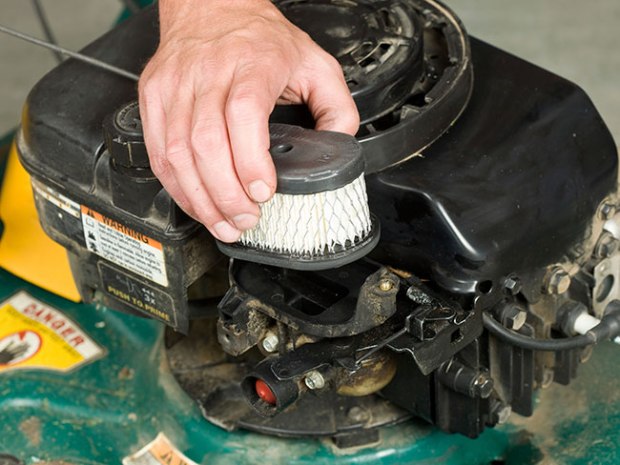
Engines are expensive. But parts for engine maintenance — clean oil, new filters, fresh fuel — are not. Going cheap now will cost you a lot more later, when you have to buy another motor.
Whether they’re powering a sports car or a lawn mower or a go-cart, here’s how to keep your engine running year after year.
OIL
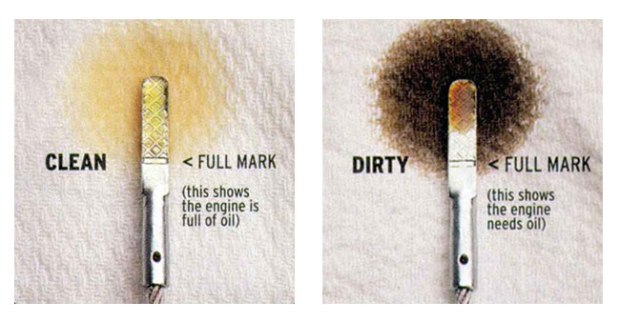
What it is: Lubricant.
What it does: Lubes and cools internal parts.
When to check: Before every start-up.
When to replace: Varies according to use; can be weekly, monthly, or more. Consult your owners manual. (Take used oil to a recycling center, including some auto parts stores and gas stations.)
AIR FILTER
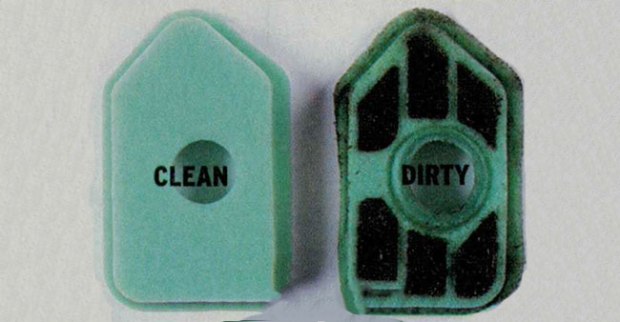
What it is: Trap for dirt, dust and other abrasives.
What it does: Keeps clean air flowing into the engine.
When to check: Varies; about every two months if you don’t operate in a very dusty environment.
When to replace: When heavily soiled. Wash foam element in soapy water, rinse and dry. Knead in a few drops of clean motor oil. After a few cleanings, replace with new filter.
FUEL
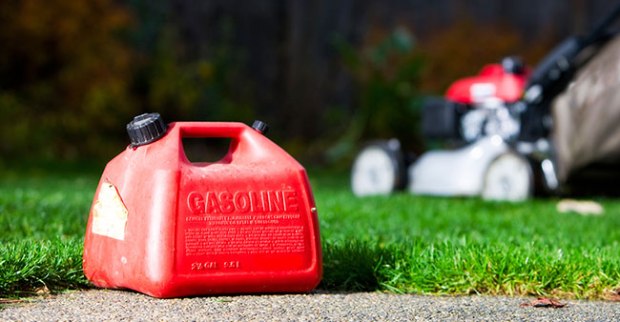
What it is: Combustable fluid.
What it does: When mixed with air, compressed, then ignited, produces the power to run a motor.
When to check: Before every start-up.
When to replace: Always use fresh fuel, fewer than 30 days old. (Take old gas to a recycling center that handles toxic waste.)
FUEL FILTER
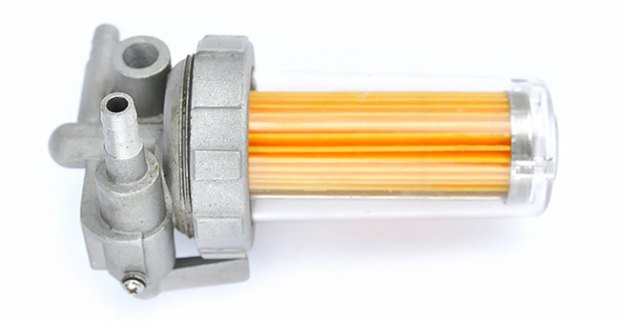
What it is: Trap for dirt and water. Fits between fuel tank and carburetor.
What it does: Keeps clean fuel flowing to engine.
When to check: Varies. Usually only when troubleshooting your engine.
When to replace: Annually.
SPARK PLUG
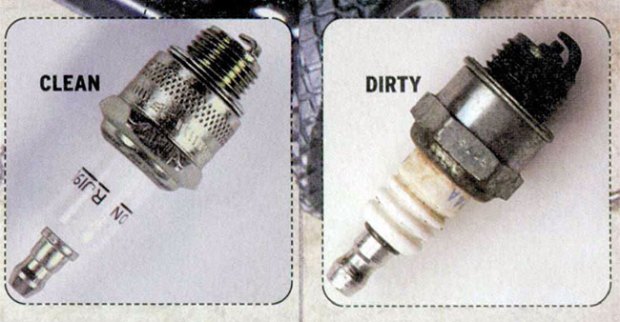
What it is: Fire maker.
What it does: Creates a spark that ignites the compressed fuel and air.
When to check: Varies. Usually only when troubleshooting your engine.
When to replace: Annually.
OIL FILTER
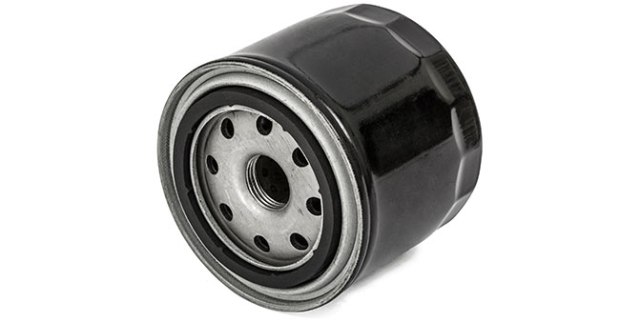
What it is: Trap for metal, dirt, and other abrasives.
What it does: As the engine runs, the oil filter continually cleans oil to help lube the engine parts.
When to replace: At every oil change.
5 STEPS TO TROUBLESHOOTING A MOTOR
An acting-up engine demands attention. Many problems can be resolved easily and quickly with these five steps — and you’ll be on your way.
1. Is there fresh gas in the tank? If not, fill with new fuel.
2. Is the fuel filter clogged? If yes, replace.
3. Is the air filter dirty? If yes, clean or replace.
4. Is the spark plug wire cracked or broken, or the spark plug corroded? If yes, replace.
5. Is the oil level full and clean? If not, top it off (and maybe start shopping for a new engine).
If these basic steps don’t solve the problem, seek the help of a professional mechanic.
TOP TOOLS
For small-motor maintenance, you can get by with just a simple toolbox. Over the years, you’ll add to it, but start with these essentials:
Screwdrivers: Standard (or “flathead”) and Phillips in various sizes. Look for large, easy-to-grip handles for better control. You can buy sizes individually or, often the better deal, in sets of six or more.
Wrenches: Most commonly used are 1/2-, 9/16- and 3/4-inch and 10-, 11-, 12-, 13- and 14-mm. (Spark plugs use a 5/8- or 13/16-inch socket.) Again, buy these one by one or, better, as a set. Get both socket and ratchet style and the standard combination, with one end open and the other end closed (sometimes called “box”).
Allen (or hex) wrenches: Fits hexagon-head bolts. A small set costs only a few dollars.
Pliers: Needle-nose and slip-joint.
Miscellany: Spare parts (spark plugs and air filters), extra nuts and bolts in standard sizes, clean rags.
I was a mechanic/demolitions (other wise known as a ‘Sapper’) man in the Air Force. This is child’s play in my book! I teach my scouts how to completely take apart and rebuild a Chevy 350Hp, 2005 engine.